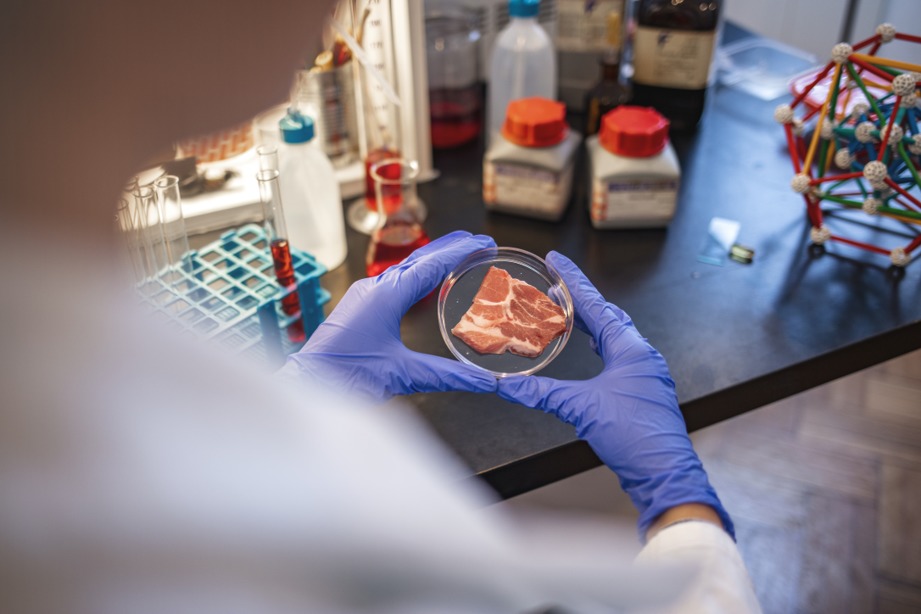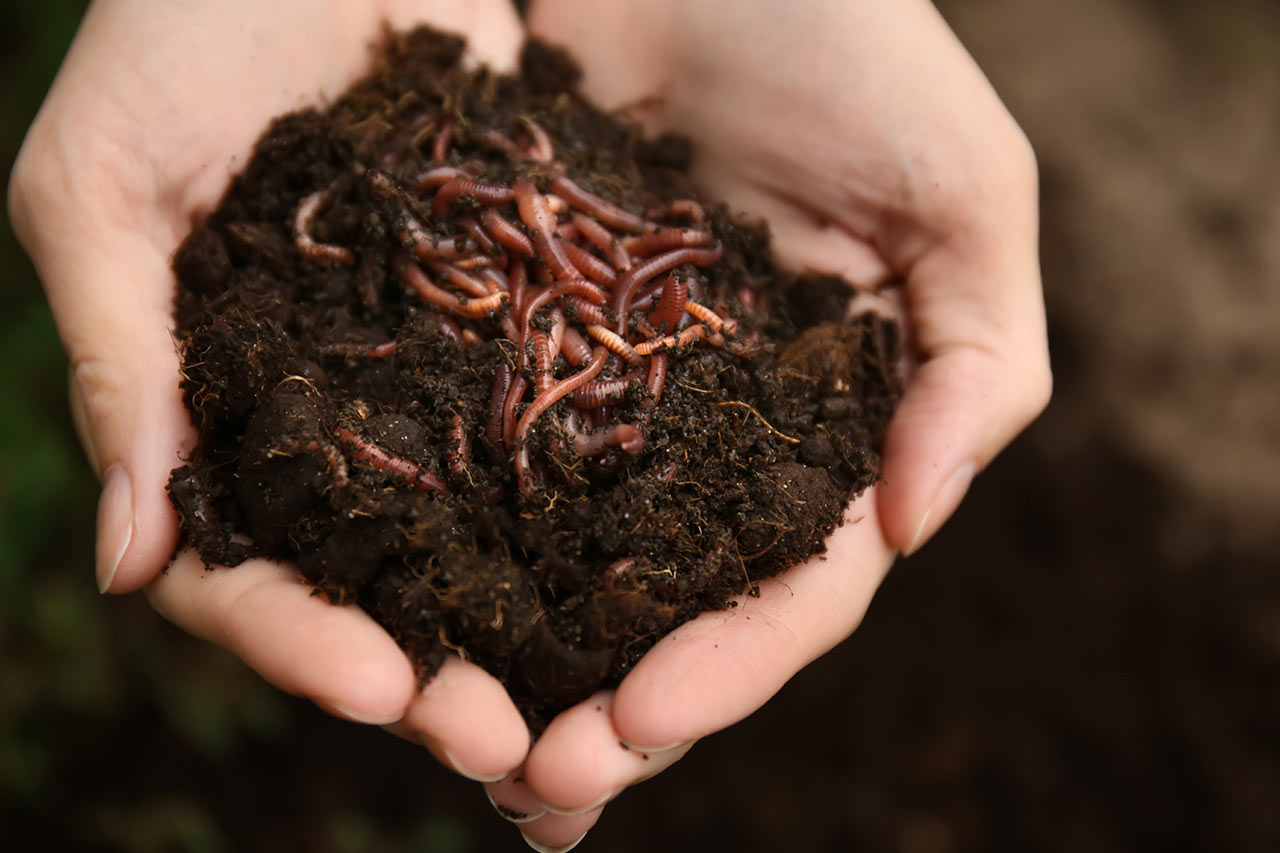The wine industry is currently facing major challenges, including the need to make its ecological transition and the need to face the pressure of climate change. Also, the model of intensive vine monoculture based on the massive use of phytosanitary products seems to reach its limits. On the legislative side, the Ecophyto II+ plan materializes the government’s commitments to achieve the objective of reducing the use of phytopharmaceutical products by 50% by 2025. Consequently, other viticulture systems are to be imagined. Alcimed has identified 3 innovation levers implemented by academic actors, companies but also cooperatives and producers to build a sustainable viticulture.
Sustainable viticulture: the end of intensive vine monoculture
The massive use of phytosanitary products (herbicides, insecticides, fungicides) not only affects their effectiveness due to resistance phenomena, but is also associated with undesirable effects on the environment and health. These undesirable effects are now increasingly sanctioned by consumers when making their choices.
Consequently, other viticulture systems must be imagined to build a more sustainable viticultural model.
Original biocontrol treatments with optimized formulation in the viticulture of tomorrow
On the curative level, in sustainable viticulture, chemical solutions such as insecticides and/or fungicides must be replaced by biocontrol solutions.
Biocontrol solutions use natural mechanisms within the framework of integrated pest management (article L. 253-6 of the French rural and maritime fishing code).
This strategy implies looking for products with modes of action based for example on the activation/depression of vine defenses (elicitors), the disruption of pathogen reproduction (sex pheromones),… Particular emphasis is placed on solutions targeting the critical phases of the life cycle of pathogens. For example, in the case of fungal diseases such as grapevine downy mildew, there is a strong interest in preventing the development of oospores (a form of conservation in the soil and dispersion of the pathogen).
As these new biocontrol solutions are not absolutely effective, they need to be optimized, in particular by working on their formulation and application methods. For example, a formulation in the form of microcapsules allows to protect, to better stabilize and to increase the diffusion time of the active ingredients.
In parallel, it is planned to couple these solutions to innovative strategies of detection and epidemiological modeling in order to treat at the right place and at the right time.
Sustainable viticulture: more accurate epidemiological and forecasting models
This innovation lever in sustainable viticulture consists in setting up epidemiological models based on the integration of meteorological, agronomic and possibly pathogen detection data. More precisely, two types of models are developed. On the one hand, models simulating locally the development cycles of the disease from data from meteorological stations and on the other hand, models that will integrate complementary parameters such as the dissemination from a source in order to simulate a risk in space and to formalize it in the form of a map.
Early identification of the pathogen can involve molecular identification techniques such as LAMP PCR with a very high level of specificity, integrated in traps installed in the plots. This concern is found in other agricultural sectors including arboriculture and tropical crops.
Vaccinating plants, a viticultural prophylactic strategy of the future?
With the sequencing of an increasing number of organisms, the genomes and transcriptomes of pathogens and their host organisms are increasingly well known and allow the development of RNA-based preventive solutions. As BioNTech and Moderna have developed RNA-based therapies for human diseases, it is possible to propose RNA-based solutions targeting pathogens inside plants and conferring immunity to the latter in case of pathogen attack. Thus, the way to the phyto-vaccine is open!
In summary, several innovation levers need to be integrated in the framework of a more sustainable viticulture. Despite the will of the government and the actors of the wine industry to promote a paradigm shift, the reality of technical itineraries and their integration on a territorial scale via the coordination of very different actors can be a real challenge. Also, other levers could be explored such as a strategy of coordination of actors, a communication and education plan…
You are an actor of the agricultural sector and you ask yourself the question to develop innovative strategies contributing to create more sustainable agricultural production models? Alcimed can help you to explore the possibilities!
About the author,
Clémentine, Consultant in the Life Sciences team of Alcimed in France



